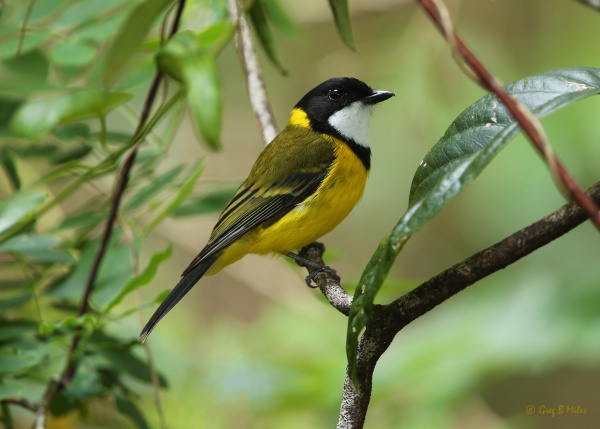Facts About Australian golden whistler
The Australian golden whistler, often simply referred to as the golden whistler, is a captivating bird commonly found in various habitats across Australia. While most individuals remain sedentary throughout the year, some choose to migrate during the winter months. The classification of this species remains contentious, with experts debating whether to recognize numerous subspecies or to classify some of them as entirely separate species. This bird was first described by John Latham in 1801.
Presently, six subspecies of the Australian golden whistler are widely recognized, though there are also related species that some prefer to consider as subspecies. The bird exhibits significant sexual dimorphism. Males are striking with their bright yellow underparts and nape, olive-green back and wings, black head and chest-band, and a white throat. In contrast, females are generally a more subdued brownish-grey.
These birds prefer wooded areas and have a varied diet that includes berries, insects, spiders, and other small arthropods. They breed from September to January, with both the male and female sharing the responsibilities of nest building and caring for their young. Overall, the Australian golden whistler is quite common and not considered at risk, except for certain subspecies like the Norfolk golden whistler and the Lord Howe golden whistler, which face threats from habitat loss and fragmentation.
